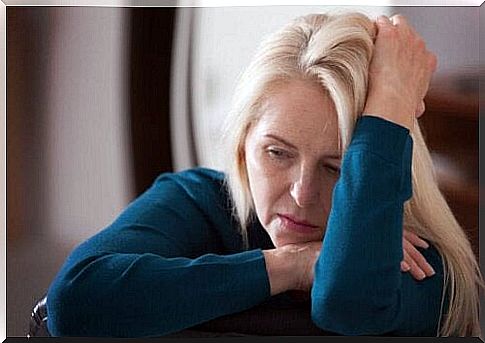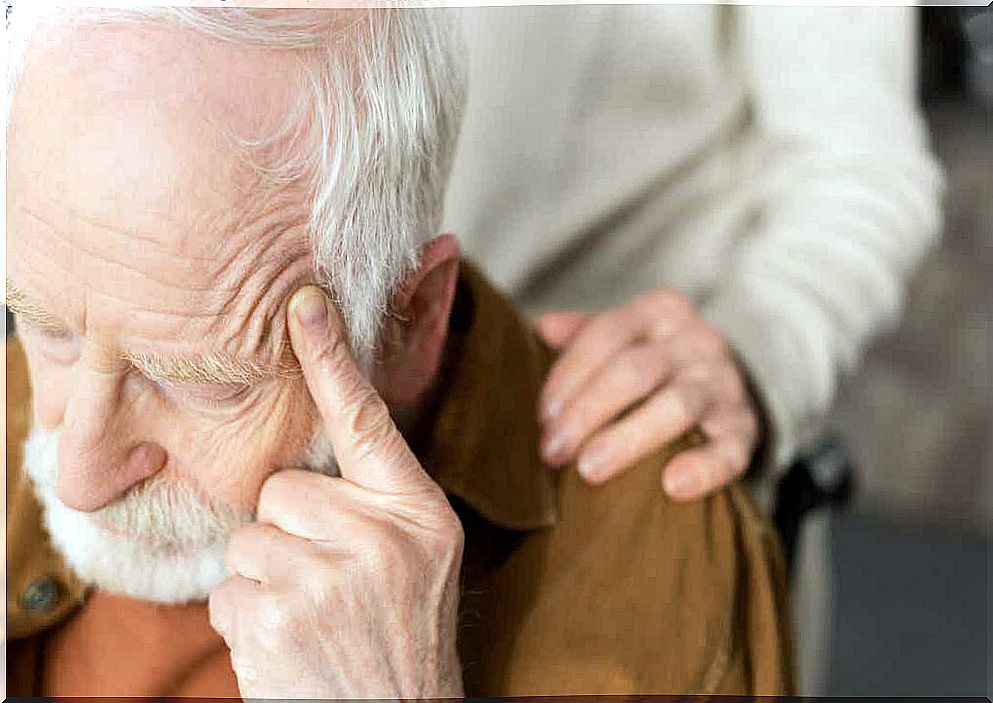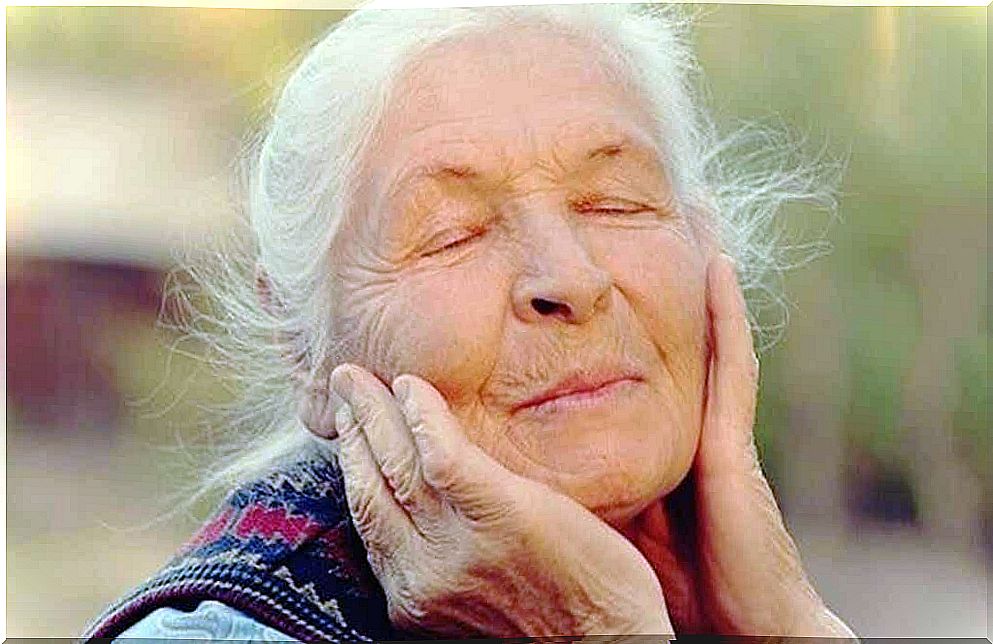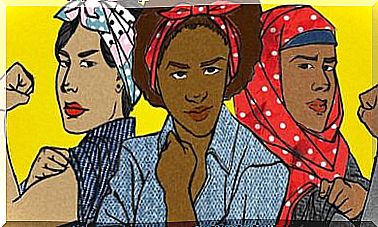Getting Older Hurts: When Pain Treatment Changes With Age

Pain treatment changes over time. To the point that the physical suffering can become unbearable. We’re not just talking about arthritis or knee pain here. We now know that the neurological centers that regulate pain change with age.
It sounds like a real injustice, it’s true. It would seem that physical change, loss of energy, and even slow cognitive decline would not be enough. Our relationship to pain itself would change as we get older. Indeed, extending life expectancy comes with its share of inconvenience. One of them is to develop chronic pain sooner or later.
This fact is accompanied by another observation which is no less problematic. We neglect our elderly population by not providing them with treatment adapted to their needs.
The mismanagement of physical suffering is indeed a daily handicap. This reduces mobility, the motivation to socialize and it even pushes some people not to leave their homes in some cases… This is therefore a phenomenon of great importance to which we should pay more attention.

How is pain management changing over the years?
Growing old is a privilege. It helps to accumulate experience and wisdom. It still makes it possible to accomplish certain goals and to meet important people who accompany us throughout our life.
However, beyond the emotional and cognitive aspects, there is undoubtedly the biological dimension. The latter does not work in our favor over time. Aging goes hand in hand with physical and neurological decline. So, if pain management is impaired over the years, it is due to the appearance of certain changes in the structure of the brain.
There is also another remarkable fact. It has thus been shown that when the brain of the elderly detects pain, the inhibitory mechanisms which should gradually reduce this sensation no longer act. That is, this suffering lasts longer than in younger people. Let’s take a closer look.
Abnormal hyperconnectivity in the elderly
A year ago, a particularly interesting study was published. It was about the reasons why pain treatment changes over the years. Researchers from the Department of Cognitive and Affective Neurosciences and Clinical Psychology at the University of the Balearic Islands in Spain, in collaboration with the University of Luxembourg, have made an astonishing discovery:
- The elderly present with abnormal hyperconnectivity in the primary somatosensory area, in the somatosensory regions and also in the frontal regions of the brain.
- What are the consequences of these changes? In fact, the sensation of pain intensifies and the decrease in this sensation is slower.
- There is also another problem. This ability to inhibit pain increases the risk of suffering from chronic pain. And this, especially after an episode of acute pain.
Older people don’t always seek appropriate pain treatment
The University of Washington in the United States conducted a thought-provoking study in 2012. It is true that the treatment of pain evolves over the years.
However, we have socially assumed this reality to the point of seeing it as something “normal”. This means that many older people do not go to the doctor because they assume that “getting older is learning to tolerate pain”.
The idea that physical suffering is normal when you reach a certain age is a serious problem. Thus, this study teaches us that often, an elderly patient does not always seek help from his doctor.
Plus, even if he does, it’s not uncommon for him to be convinced that pain is an inevitable part of the aging process. Finally, and as if that weren’t enough, they don’t always receive the appropriate treatments to treat their pain.
Thus, a large proportion of the elderly suffer from chronic pain. However, in such situations, a multidisciplinary response is necessary. This is because psychological therapy and physiotherapy are usually of great help in addition to medications intended for this age group.

Pain management changes over the years and this affects quality of life
The Spanish Pain Society (SED) defines chronic pain as an illness and not as a symptom. So, since we know that the treatment of pain evolves over the years and becomes chronic, it is time to realize this reality.
In a few decades, we will be an aging society. In such a demographic situation, older people will need better strategies to live with dignity. Pain management is therefore already a priority. Suffering doesn’t have to be “normal” that comes with age.
We need the means to reduce suffering. It is indeed urgent to provide our grandparents and our parents with better and more complete mechanisms to guarantee them the life they deserve.
The aging of the population is a major challenge for which medical, psychological and therapeutic resources must be mobilized. Indeed, living with pain is an experience that alters life itself.










